Evolution and development in cave animals: from fish to crustaceans
- PMID: 23580903
- PMCID: PMC3620605
- DOI: 10.1002/wdev.61
Evolution and development in cave animals: from fish to crustaceans
Abstract
Cave animals are excellent models to study the general principles of evolution as well as the mechanisms of adaptation to a novel environment: the perpetual darkness of caves. In this article, two of the major model systems used to study the evolution and development (evo-devo) of cave animals are described: the teleost fish Astyanax mexicanus and the isopod crustacean Asellus aquaticus. The ways in which these animals match the major attributes expected of an evo-devo cave animal model system are described. For both species, we enumerate the regressive and constructive troglomorphic traits that have evolved during their adaptation to cave life, the developmental and genetic basis of these traits, the possible evolutionary forces responsible for them, and potential new areas in which these model systems could be used for further exploration of the evolution of cave animals. Furthermore, we compare the two model cave animals to investigate the mechanisms of troglomorphic evolution. Finally, we propose a few other cave animal systems that would be suitable for development as additional models to obtain a more comprehensive understanding of the developmental and genetic mechanisms involved in troglomorphic evolution.
Figures
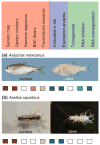


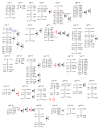
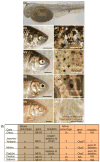

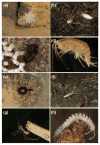
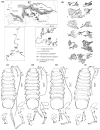
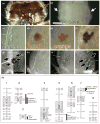

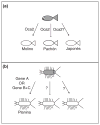
References
-
- Culver DC, Pipan T. The Biology of Caves and Other Subterranean Habitats. New York: Oxford University Press; 2009. p. 254.
-
- Abzhanov A, Extavour CG, Groover A, Hodges SA, Hoekstra HE, Kramer EM, Monteiro A. Are we there yet? Tracking the development of new model systems. Trends Genet. 2008;24:353–360. - PubMed
-
- Fong DW. Gammarus minus: a model system for the study of adaptation to the cave environment. In: Culver DC, White WB, editors. Encyclopedia of Caves. 2. Amsterdam: Elsevier; 2011.
-
- Baldwin E, Beatty RA. The pigmentation of cavernicolus animals. J Exp Biol. 1941;18:136–143.
FURTHER READING
-
- Carlos J, Guzik MT, Jaume D, Cooper SJB. Evolution in caves: Darwin’s ‘wrecks of ancient life’ in the molecular era. Mol Ecol. 2010;19:3865–3880. - PubMed
-
- Culver D. Cave Life: Ecology and Evolution. Cambridge: Harvard University Press; 1982. p. 189.
-
- Porter ML, Crandall KA. Lost along the way: the significance of evolution in reverse. Trends Ecol Evol. 2003;18:541–547.
-
- Poulson TL, White WB. The cave environment. Science. 1969;165:971–981. - PubMed
Publication types
MeSH terms
Substances
Grants and funding
LinkOut - more resources
Full Text Sources

